Uji is a city near Kyoto, Japan, founded on March 1, 1951. It’s located between the old capitals of Nara and Kyoto, along the Uji River which starts from Lake Biwa.
Synonymous with Japan’s original site for tea cultivation, Uji became famous for its superior quality green tea. The city has the oldest tea shop in Japan, dating back to 1160.
I’ve put together this guide to help you get the most out of a day trip to Uji. I visited Uji for a day when I was on a 2-week trip to Japan, starting from Kyoto. Here, I’ve listed the best things to see and do in Uji.
How to get to Uji

To get to Uji from Kyoto, you can take a train which is the most straightforward and convenient option. Here are the steps:
Kyoto to Uji by Train
Go to Kyoto Station and look for the JR Nara Line.
Catch a train that stops at Uji Station. The trip usually takes about 15-20 minutes. A JR Pass covers this trip.
Alternatively, you can take the Keihan Line from Kyoto. You’ll need to board a train bound for Yodoyabashi or Demachiyanagi and then transfer at Chushojima Station to a train heading to Keihan Uji Station. This route can take around 30 to 40 minutes. A Kansai Thru Pass covers this trip.
Once you arrive at Uji Station (whether it’s the JR Uji Station or the Keihan Uji Station), most of Uji’s attractions are within walking distance. The area is known for its historic sites and green tea, so you can start exploring as soon as you arrive.
About Uji
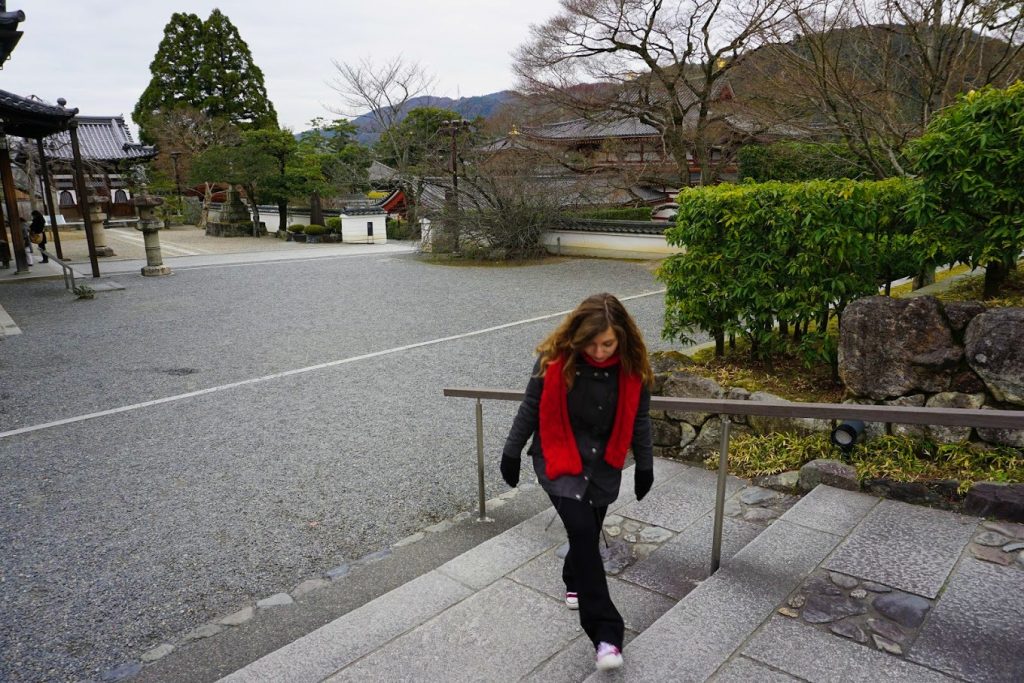
Uji has a rich history. In the 4th century, an emperor’s son built a palace there. It’s famous in literature too, being a key setting in the 11th-century story, The Tale of Genji. Uji was also important in several battles throughout history, including the Genpei War in 1180 and the Jōkyū War in 1221, which helped establish the rule of the samurai in Japan.
Uji tea is highly valued, and the city has the oldest tea shop in Japan, dating back to 1160.
The city is well-known for its green tea, thanks to Shōgun Ashikaga Yoshimitsu who encouraged its cultivation in the 14th century.
Uji Japan Matcha
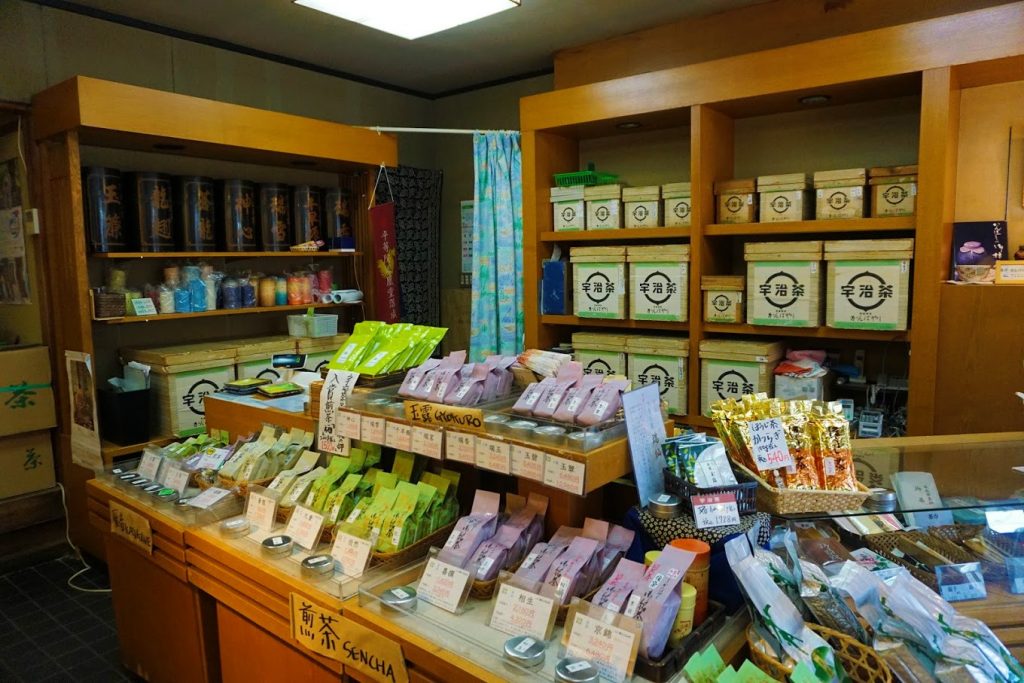
According to legends, the journey of Uji tea began in the 1200s when Myoe Shonin, a priest at the Kozan-ji temple in Kyoto, started a tea farm in Uji. The tea seeds were given to Myoe by Eisai, a monk who is believed to have brought the first tea seeds to Japan from China around 1191.
Uji’s tea became highly prized, especially during the Muromachi period (1336–1573), when the Ashikaga shogunate promoted the cultivation of Uji tea. It also became closely associated with the Japanese tea ceremony, further elevating its status.

Japan Rail Pass
The optimal way to explore Japan is with a rail pass that is available for durations of 7, 14, or 21 days, offering unlimited travel across the country. Shinkansen included!
Things to do in Uji
Uji is very small, which means it can be easily explored on foot. One day is enough to cover all the most important highlights and see its temples, shrines and experience its superior teas. You’ll even have time to participate in a tea ceremony and purchase plenty of tea souvenirs.

Byōdō-in Temple
Admission Fee: 600 yen
Opening Times: 8:30 am–5:30 pm (last admission 5:15pm)
Byōdō-in Temple is a UNESCO World Heritage Site, part of the “Historic Monuments of Ancient Kyoto” designation. Byōdō-in Temple is especially famous for its Phoenix Hall (Hōō-dō), which was constructed in 1053 during the Heian period.
The Phoenix Hall for its names because its structure resembles a phoenix with outstretched wings and is one of the few remaining examples of Heian period architecture.
The Phoenix Hall is depicted on the Japanese ten-yen coin, and a phoenix figure from the temple is featured on the back of the ten-thousand-yen note.

Ujigami Shrine
Admission Fee: Free
Opening Times: 9:00 am–4:00 pm
Ujigami Shrine it’s thought to be the oldest shrine in Japan built around 1060, during the Heian period. The shrine is a UNESCO World Heritage Site and part of the “Historic Monuments of Ancient Kyoto”.
Ujigami Shrine has a unique style of buildings that you don’t see often, including a main hall and a worship hall that were built to last a long time. The shrine is dedicated to three deities: Uji no Wakiiratsuko, Emperor Ojin, and Emperor Nintoku.

Uji Shrine
Admission Fee: Free
Opening Times: 9:00 am–4:00 pm
Uji Shrine is located on the right bank of the Uji River, just upstream from the Uji Bridge. This area is also where Emperor Ōjin’s detached palace (Kirihara Higetanomiya) used to be, and it’s said to be the spot where his son, Prince Uji no Wakiiratsuko, lived.
Uji Shrine was founded in May 313, when Emperor Nintoku enshrined the spirit of Prince Uji no Wakiiratsuko at this site.
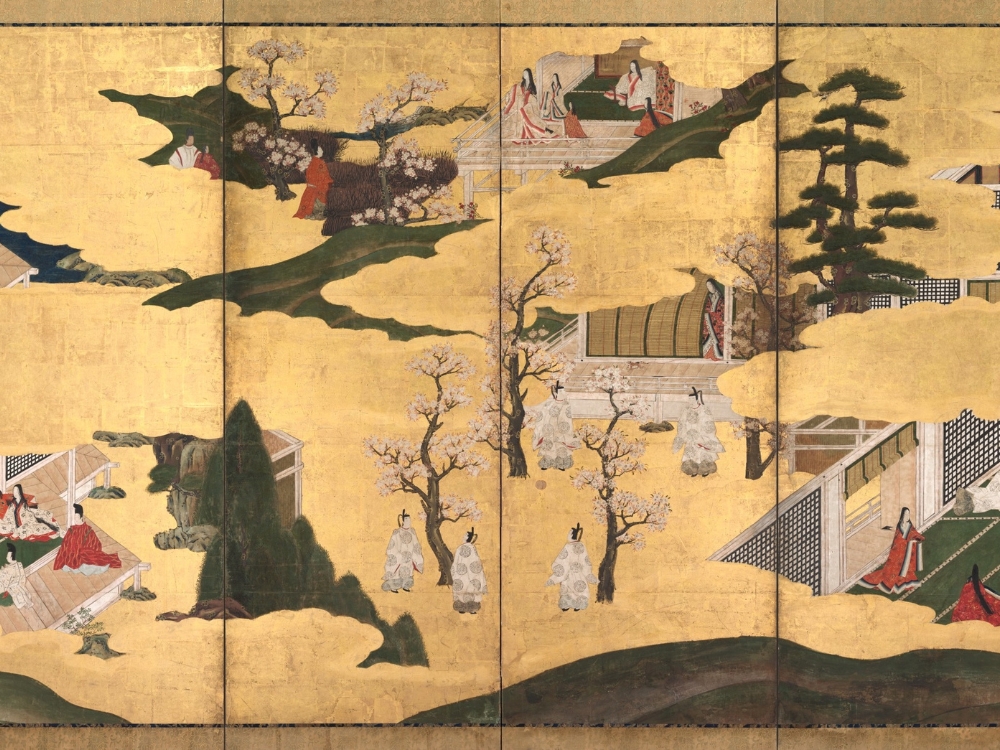
The Tale of Genji Museum
Admission Fee: 600 yen
Opening Times: 9:00 am–5:00 pm
The Tale of Genji Museum in Uji, Kyoto, is all about the world’s first novel, The Tale of Genji, written by Murasaki Shikibu in the early 11th century.
This museum takes you back to the Heian period, the time when the story was set. It has models of clothes, rooms, and artefacts, so you can see how people lived and what places from the book would have looked like.
There are also videos that tell parts of the story in a way that’s easy to understand, even if you haven’t read the book. Plus, there’s information about the book’s influence on Japanese culture and about its author, Murasaki Shikibu.

Kosho-ji Temple
Admission Fee: 500 yen
Opening Times: 5 am–5 pm
Kosho-ji Temple in Uji was set up in 1648 by Nagai Naomasa under the direction of Tokugawa Iemitsu, the third Tokugawa shogun. It’s a key place for Soto Zen Buddhism, which focuses on meditation for finding enlightenment.
There’s also a special Zen garden designed to reflect simplicity and profound meaning, ideal for quiet thinking.
Kosho-ji has many Buddhist ceremonies throughout the year and attracts people interested in Zen Buddhism’s teachings. You can participate in a zazen session (breathing and position), rohatsu session (eflect on the Buddha’s zazen under the Bodhi tree), sutra tracing (mindfulness writing) and Buddhist sermon.
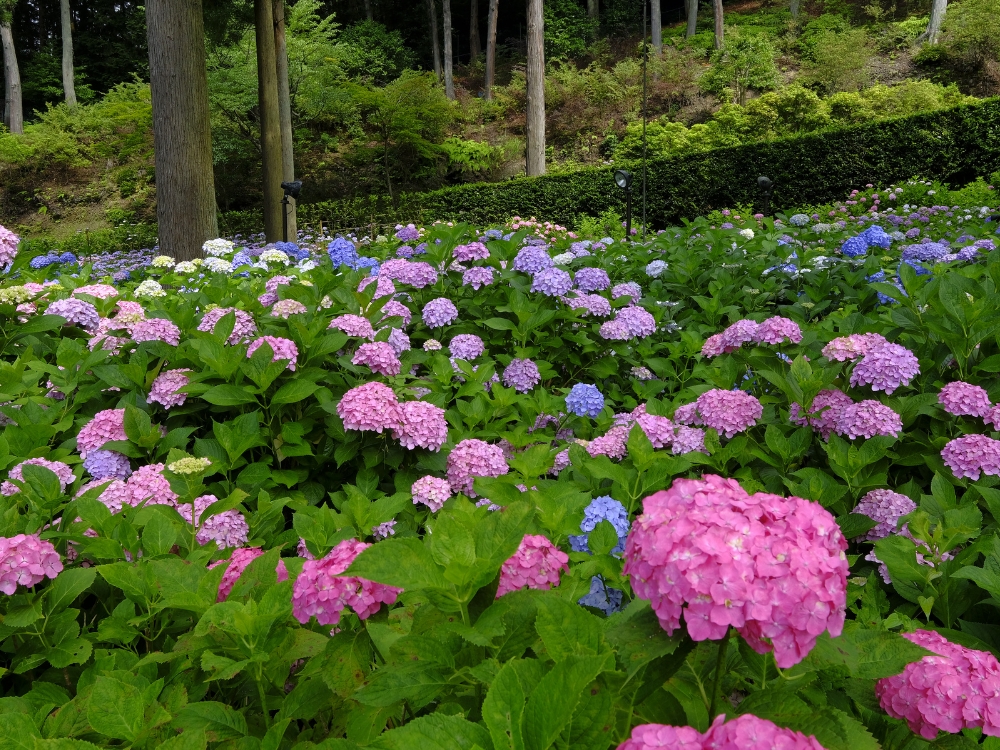
Mimurotoji Temple
Admission Fee: 500 yen
Opening Times: 8:30 am–3:30 pm
Mimurotoji Temple, known as the “Flower Temple,” started in the 8th century and is famous for its beautiful gardens full of colorful flowers all year round.
It’s part of the Shingon Buddhism sect and is dedicated to the Goddess of Mercy, Kannon (same as Senso-ji in Tokyo). The temple is well-loved for its seasonal blooms and along with flowers, there’s a main hall, a pagoda, and a pond that makes the place peaceful and great for quiet visits.
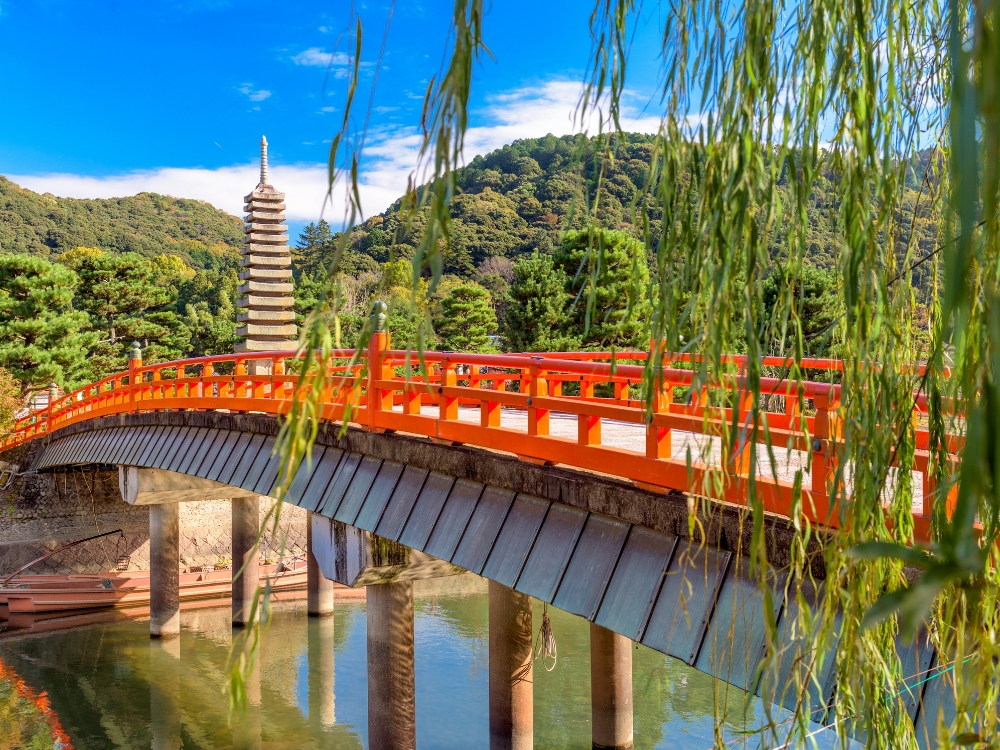
Uji River
Uji river is a popular spot for activities like boating and fishing, and during certain times of the year, people flock to see cormorant fishing, a traditional method of catching fish.
The Uji River has seen many important battles, including the famous Battle of Uji during the 12th-century Genpei War. Its sides are home to beautiful spots, like Uji Bridge, known for its great views. The river and bridge are mentioned in The Tale of Genji.

Tea Ceremony
Participate in a tea ceremony at Taihoan, a teahouse run by Uji City. Experts from the Tea Ceremony Association use old ways to make the tea, but you don’t need to know about tea ceremonies to enjoy it.
They also have special days for Sencha ceremonies a few times a month. It costs 2,400 yen for Matcha or Sencha and the tea house is open from 10:00 a.m. to 4:00 p.m., but it’s closed from December 21 to January 9. You can find it at the Uji City Municipal Tea House Taihoan.
Tea Festival
The Uji Tea Festival, celebrated on the first Sunday of October, honors the spirits of three pivotal figures in Uji’s tea history: Zen Master Eisai, who introduced the first tea seeds to Japan, Priest Myoe, who planted these seeds in Uji, and Rikyu Sen, a master of the tea ceremony. This event takes place at Kosho-ji Temple and follows a series of traditional ceremonies.
The festival begins with the “drawing of the water,” where water is collected from the Uji River to prepare fresh matcha tea.

Uji tea
Matcha Tea – Matcha Tea from Uji tastes sweet, and it is very well regarded all over the world. It is commonly used in tea ceremonies and can nowadays be purchased in specialised tea shops. Authentic Matcha Tea comes from Tencha, the name used for the green tea leaves before being ground into the fine matcha powder.
Gyokuro – Or jade dew as per its literal translation, it’s Japan’s most precious type of green tea. This type of tea is being grown in the shade. You can buy Gyokuro from vendors in Uji, but due to its reputation and amazing taste, it’s also the most expensive tea in Japan. Uji is the oldest gyokuro producing region in Japan.
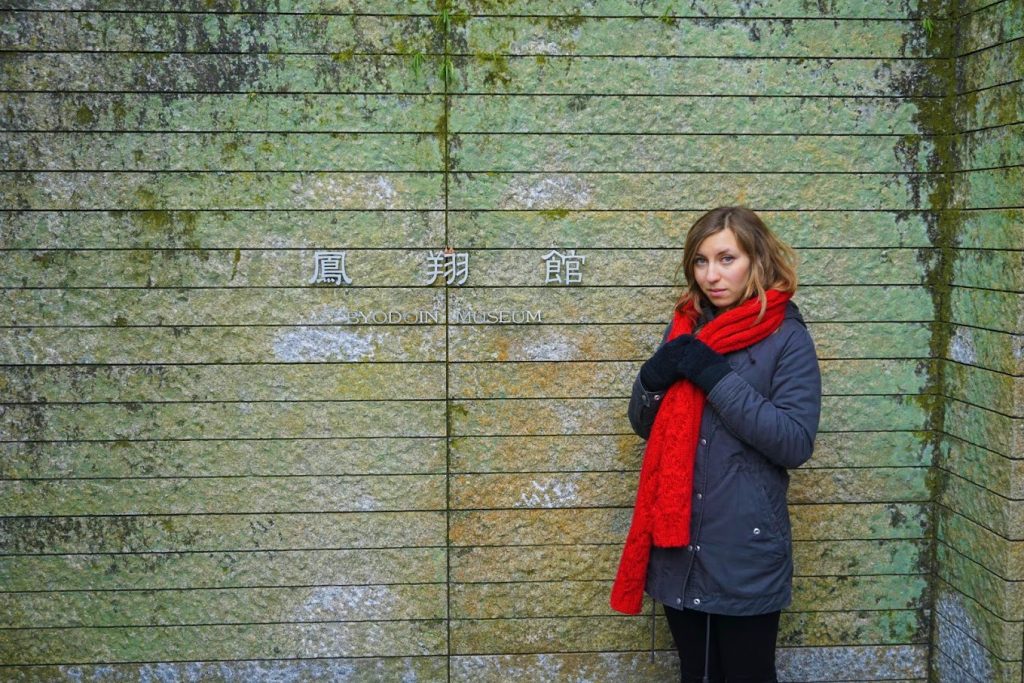
Final Thoughts on Uji
Visiting Uji was a dream come true for me. Being in the place where Japanese tea culture started was amazing. The chance to walk where the whole story of Japanese tea began brought me real happiness. I am so grateful that I got to see the oldest tea shop in Japan and indulge in everything green tea. I was surprised how quiet Uji felt in comparison to busier places like Kyoto. I visited in December and while it was very cold, there were still autumn leaves around for stunning views.
The highlight of my trips were being able to drink matcha tea from its original birthplace and seeing Byōdō-in Temple, which has been on my wish list for many years. Uji has been incredible, and I wholeheartedly recommend a visit to it. Being so close to Kyoto (15 minutes by train) it’s more than worth a trip here.
Frequently Asked Questions
What is Uji famous for?
Uji is famous for its high-quality green tea. It’s a place with a long history of tea growing and is known for producing some of the best tea in Japan. Uji is also famous for historical sites, including ancient temples like Byōdō-in, which is featured on the 10 yen coin, and Ujigami Shrine, a UNESCO World Heritage site. Additionally, Uji plays a significant role in classic Japanese literature, being a key setting in “The Tale of Genji,” one of the world’s oldest novels.
Is Uji worth a trip?
Yes, absolutely! Uji is definitely worth a visit. It’s a great place for anyone interested in Japanese tea, history, and culture. You’ll get to see beautiful temples, learn about the history of tea in Japan, and even try some of the best green tea. Plus, the city’s scenic beauty and historical significance make it a unique spot to explore.
Is Uji wakable?
Uji is super compact, which makes it very wakable. You can explore all its sights by walking between points of attractions. Plus, the main Omotesando street is literally just a few minutes away from the train station.
Is Uji a small town?
The centre of Uji is small, but in reality Uji is the second-largest city in Kyoto Prefecture. It covers an area of 67.54 km2.


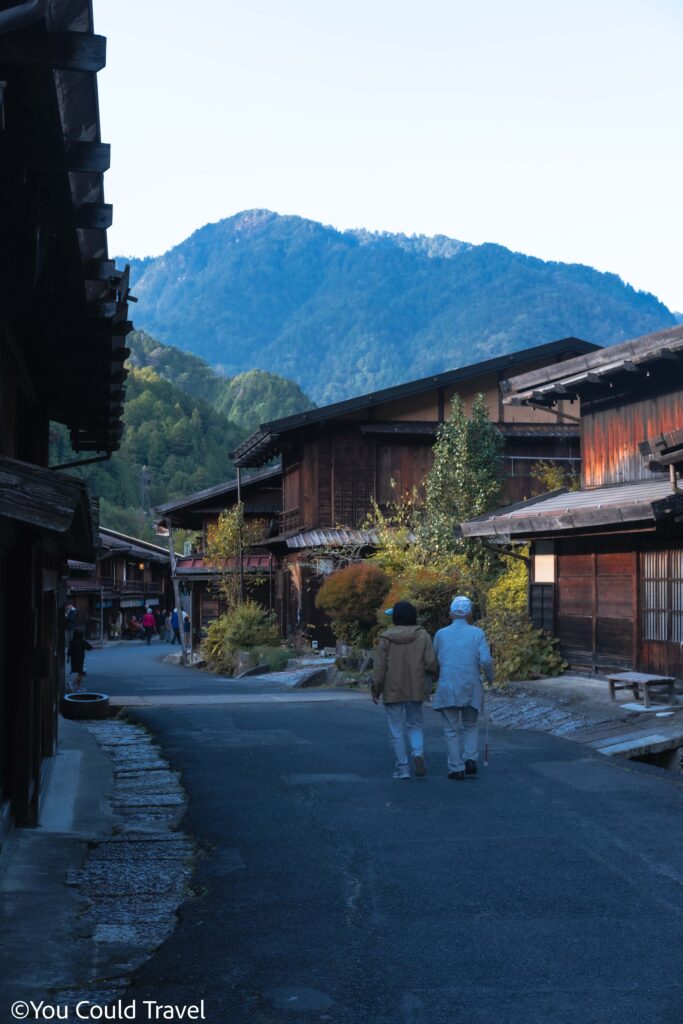

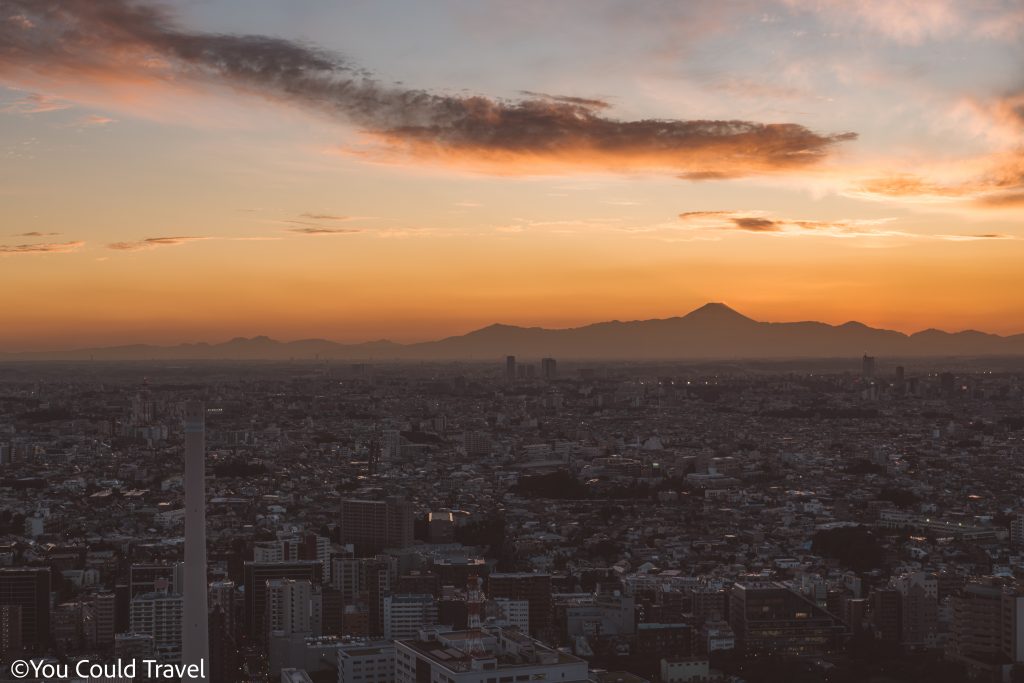




Leave a Reply